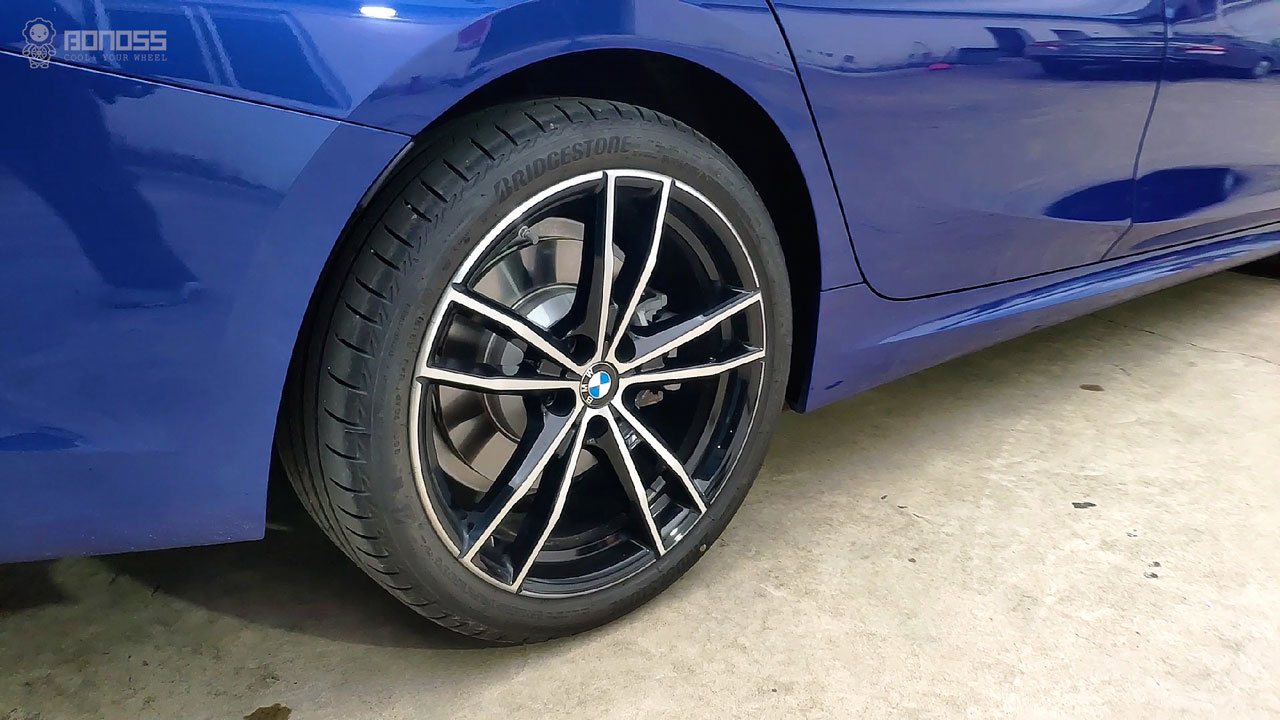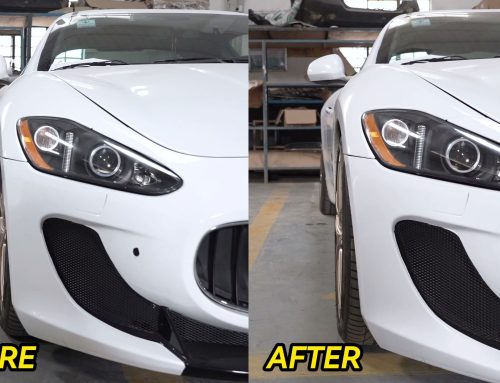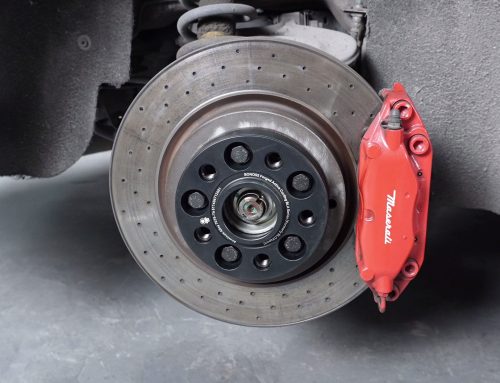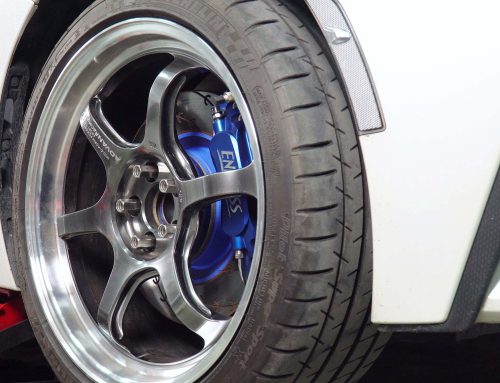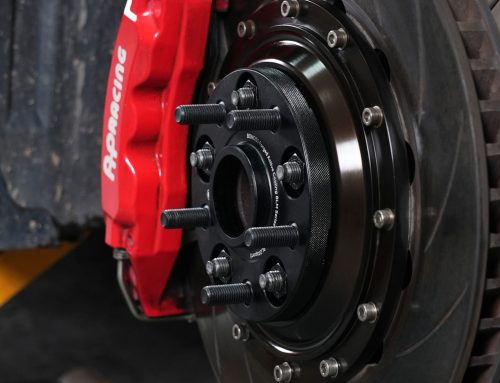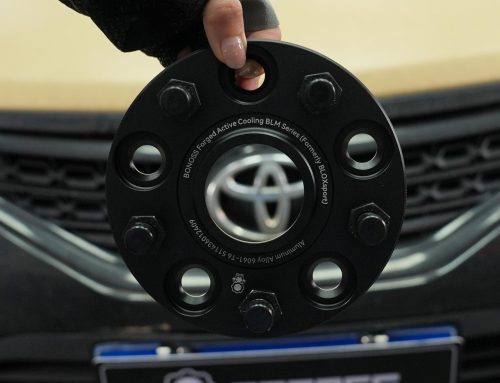Aftermarket wheel spacers can be divided into two categories: hub-centric and lug-centric. Hub-centric means the large hole in the middle of the spacer is the exact fit for the vehicle hub. On the other hand, lug-centric means the center hole is made bigger to fit a variety of vehicles. Since they are not vehicle-specific, lug-centric spacers can be cheaper to buy than hub-centric units. However, without the support of the middle hub center flange, these spacers can only be centered on the vehicle hub by the wheel bolts.
Almost all OEM wheels are hub-centric and this can create a firm and stable wheel connection. It is this contact point that bears the weight of the vehicle. The wheel bolts or lugs are designed to secure the wheels with a clamping force and resist lateral forces that are experienced when the vehicle is cornering. They are not designed to carry the weight of the vehicle. So, you will eventually need wheel spacers with hub-centric to ensure safety.
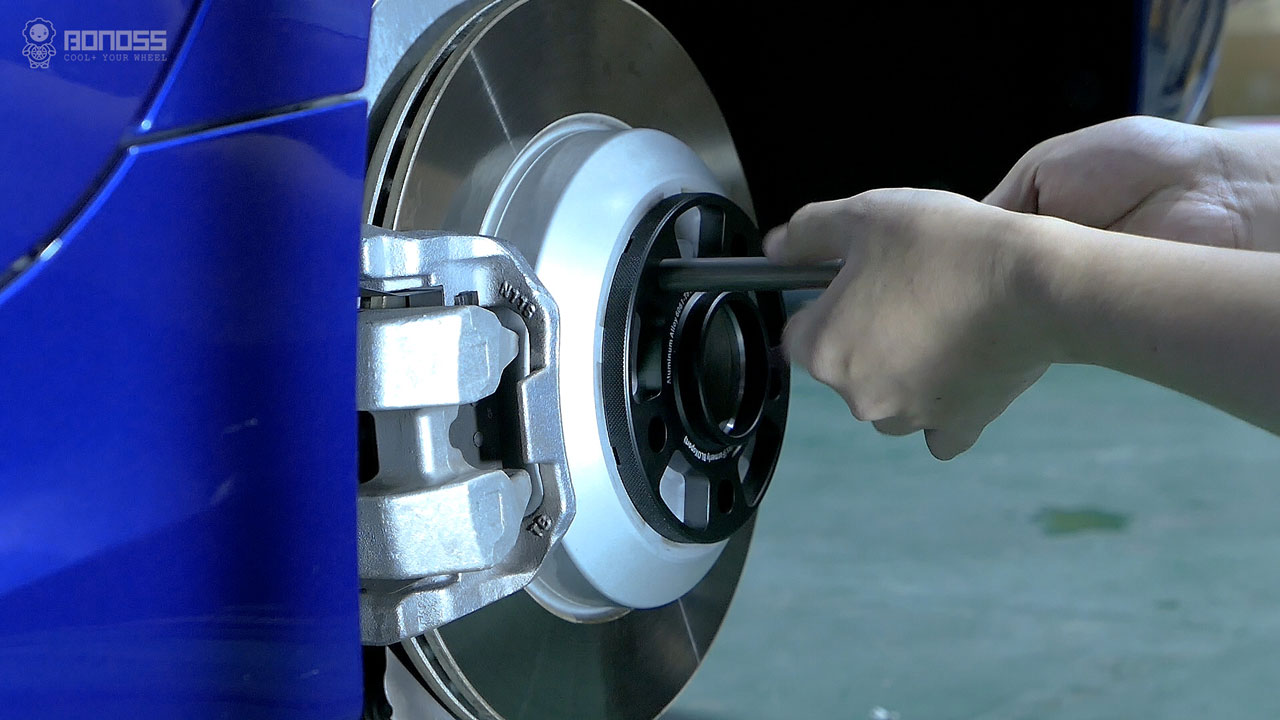
Hub-centric vs Lug-centric Wheel Spacers, Which Are Better?
There are a few reasons why hub-centric wheel spacers are better than lug-centric ones. Unlike hub-centric, it is a little complicated to get lug-centric spacers installed correctly. They require an expert touch to ensure that every wheel bolt is properly centered in the rim hole and has the correct torque applied. Due to wear and tear over time, this isn’t always done correctly, once the wheel bolts loosen, excessive vibration occurs. What’s worse, this can damage hub assembly components and may lead to the loss of wheel bolts.
The second main concern is that an impact on the wheel from a pothole or curb strike can bend the wheel studs, causing the wheel to become unbalanced. Sometimes lug-centric wheel spacers require hub-centric rings to be installed between the spacer and the hub to eliminate the gap as much as possible. These hub-centric rings can become corroded or damaged during seasonal tire change-overs. So, hub-centric rings are not the best solution for lug-centric wheel spacers.
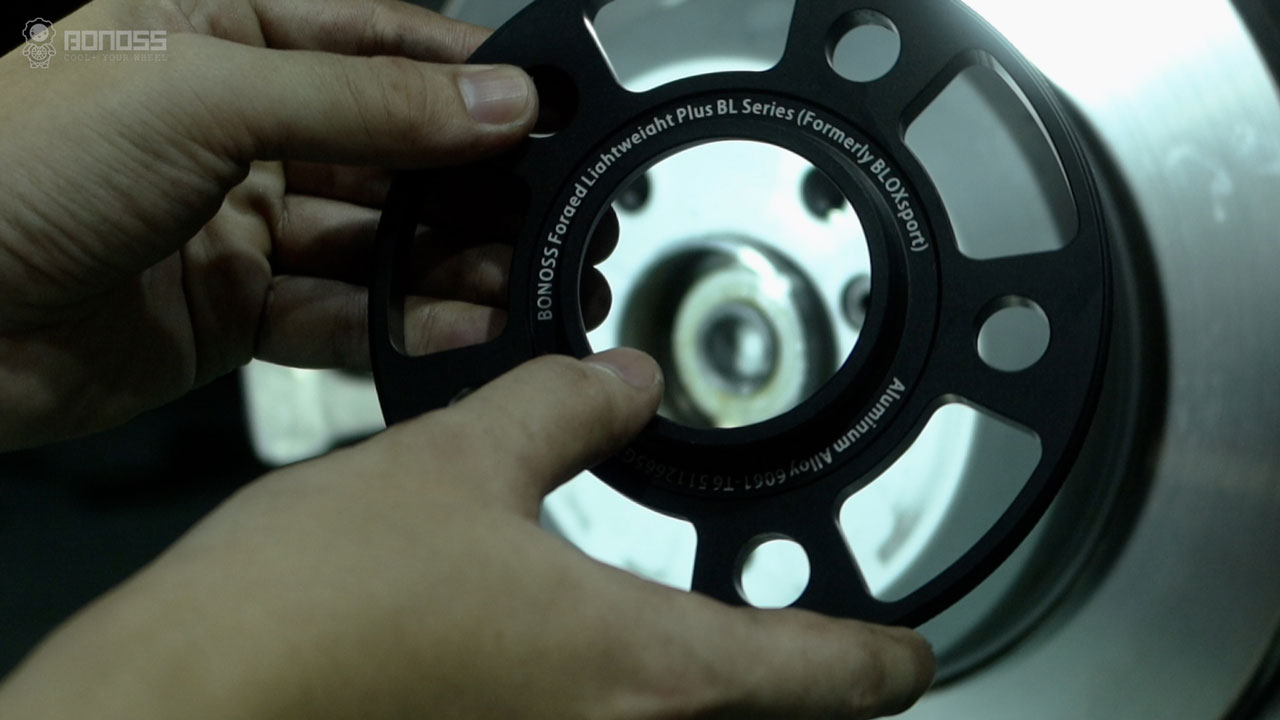
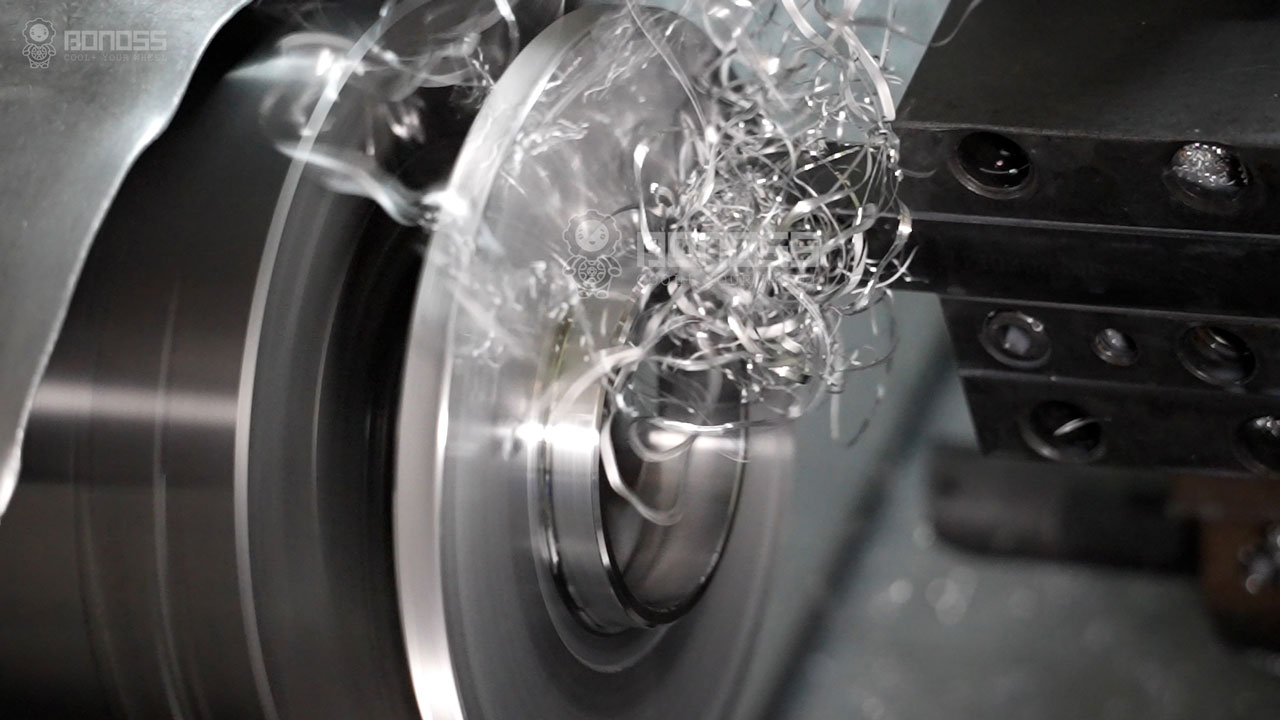
Therefore, for these reasons, hub-centric wheel spacers are better. There are a number of good-quality wheel spacers that are hub-centric. Generally, hub-centric wheel spacers are machined with center rings in the middle. These hub-centric rings fit perfectly the axle and the space inside the center bore of the wheel. This helps hold the wheel perfectly centered both during installation and road use.
Nowadays, the cost differential between hub-centric and lug-centric wheel spacers is minimal, and any savings to be had are quickly eclipsed by the additional risk lug-centric spacers bring to your drive. While using hub-centric wheel spacers can help in reducing minor vibrations, proper installation and torque sequence are required to correctly secure the wheels in place. To ensure safety, you have to torque every single wheel bolt for your vehicle. Only if they are properly tightened to the correct spec will these wheel spacers work well.
